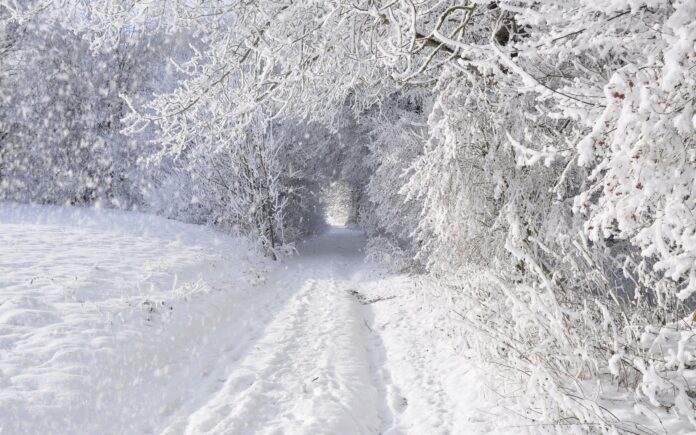New York City is expecting a major winter storm, with a winter storm warning in effect. Snow, high winds, and frigid temperatures were forecast — all things that can make travel hazardous and interfere with daily life. Here’s what to know about the storm, and how to stay safe.
What’s Happening?
New York City and parts of nearby New Jersey and Connecticut are under a winter storm warning from the National Weather Service (NWS). The alert goes into effect late Tuesday night and lasts through Thursday morning. The storm is expected to deliver:
Heavy Snow: Most of the city is projected to receive 8 to 12 inches of accumulation; some areas could see more.
High Winds: Gusts could reach up to 40 mph which could create blizzard-like conditions, reducing visibility and making travel hazardous.
Freezing Thermometers: The numbers are predicted to plunge into the teens and 20s, with wind chills making it feel even colder.
Also read: Kanye West’s Controversial Kamala Harris Comment Explained
How Will This Affect NYC?
The city is forecast to be a mess with the winter storm. Here’s what you can expect:
Travel Disruptions
Transportation will be subjected to slippery, messy roads from snow and ice. The city’s Department of Sanitation has already deployed salt spreaders and snowplows, but driving conditions will be challenging. Dozens of flights will likely be canceled or delayed today and tomorrow, and public transportation like buses and subways may also experience delays or cancellations. Air travel also was expected to be affected, and LaGuardia, JFK and Newark airports warned that there may be delays or canceled flights.
School Closures
New York City’s Department of Education announced that all public schools in the city will be closed on Wednesday due to the storm. There will not be any remote learning, so students should stay home and stay safe.
Power Outages
Damaging winds and heavy snow could down branches and power lines, resulting in power outages. The local utility company, Con Edison, is already bracing for the storm and has crews ready to respond to outages. Residents should charge devices and have flashlights and batteries on hand if power is lost.
Health Risks
The extreme cold, coupled with widespread wind chills, brings serious health risks, especially for vulnerable people, including the elderly or people without homes. The dangers of hypothermia and frostbite are very real, so if you must venture outside — stay there and take advantage to dress up warm.
How to Stay Safe
Some advice on staying safe while hunkered down for the winter storm:
Stay Indoors
Avoid travel during the storm unless it is necessary. If you do have to go out, layer up, insulating and protecting your feet with waterproof boots, and your hands and head.
Also read: Best Black-Owned Restaurants in Toronto | Top African & Caribbean Eats
Stock Up on Supplies
Stock up on food, water, and medications to last a few days in case you can’t leave your home. But also consider essentials such as flashlights, batteries, and a first-aid kit.
Stay Informed
Stay up to date on the latest weather through trusted sources like the National Weather Service or local news organizations. Follow any advisories or orders from city officials.
Conclusion
Winter storms can be disastrous, but as long as you prepare, it should be fine. Heed local officials, shelter in place if you are able, and look for new updates. Do these things to weather the storm and to keep you and the people you love safe.








